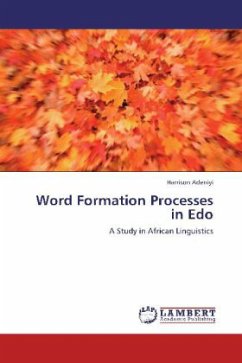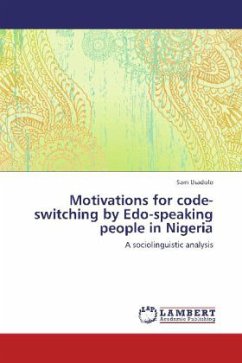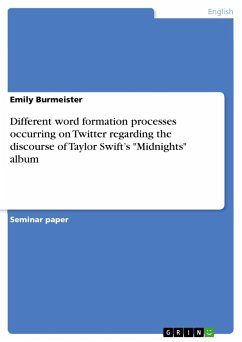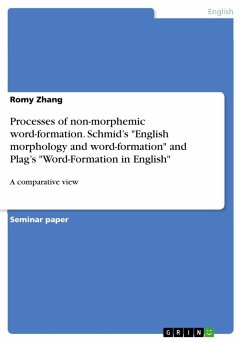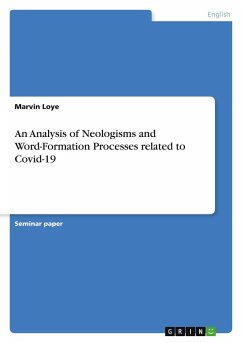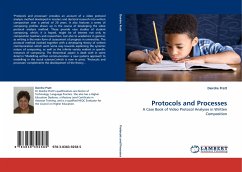This book examines the morphological structures and processes in Edo such as nominalization, compounding, reduplication, affixation, clipping, number formation and ideophones. The structures of Edo personal names and the roles of tones in the morphological processes in the language were also investigated. The book concludes with the appraisal of Yoruba loanwords in Edo based on philological facts, which appear to link Ife and Benin. The theories of autosegmental phonology and morphology and lexicalist hypothesis were adopted for this work. The book reveals that the morphology of Edo language is distinct because of the unique roles that tones play in the various nominal constructions we examine. It also reveals that through the study of the relationship between Edo and Yoruba words, we can clearly and intuitively comprehend the history of these people. The results, through corpus of data from Yoruba loanwords in Edo, tend to suggest that both the Yoruba and the Edo people have a common progenitor. The book therefore broadens the discourse of morphology and its philological importance, not only in Edoid languages but also in African linguistic studies.
Bitte wählen Sie Ihr Anliegen aus.
Rechnungen
Retourenschein anfordern
Bestellstatus
Storno

